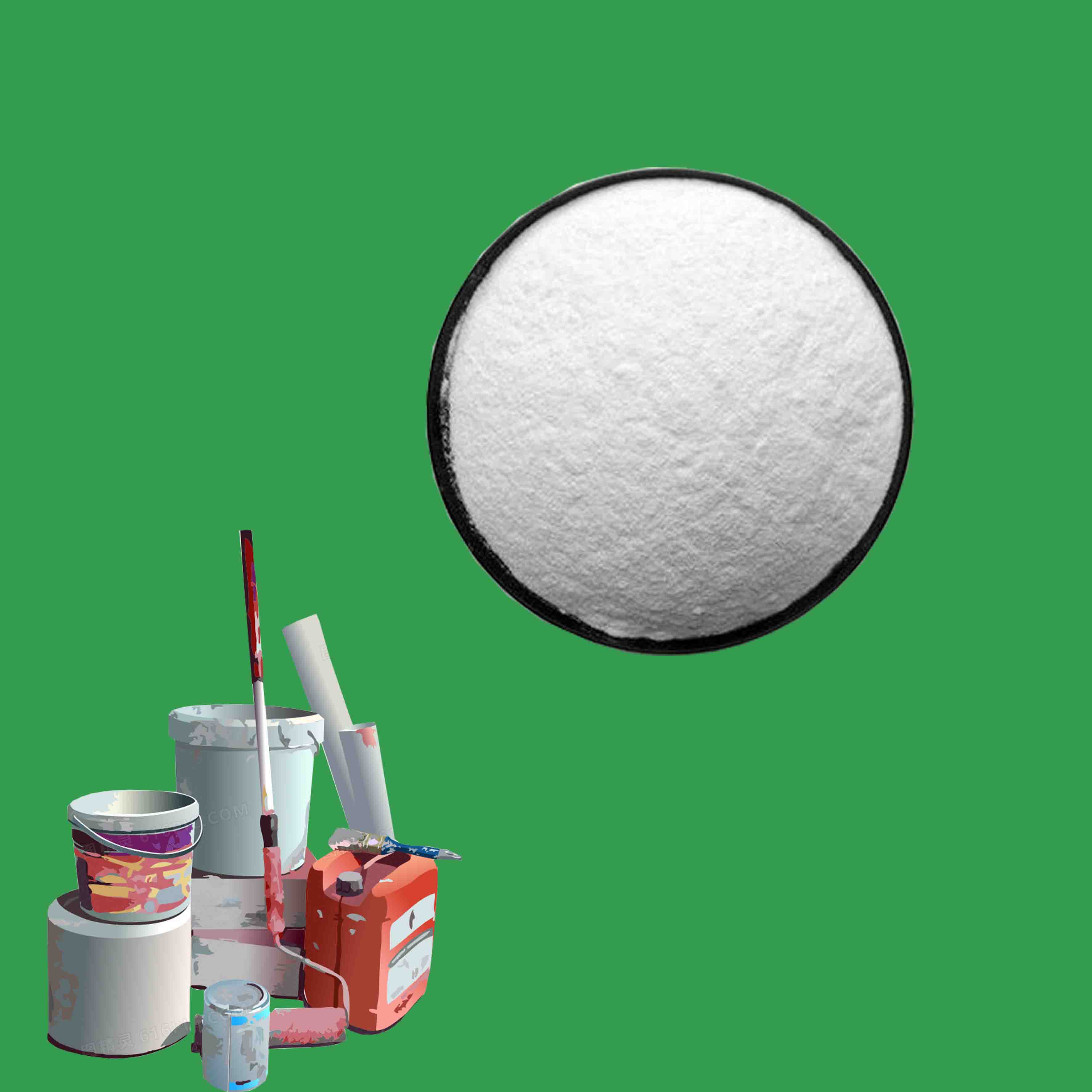
Nov . 08, 2024 05:37 Back to list
Production of Talc and Titanium Dioxide in Modern Manufacturing Facilities
The Role of Talc and Titanium Dioxide Factories in Modern Industry
Talc and titanium dioxide, two crucial minerals, play a significant role in various industries, including cosmetics, plastics, paints, and pharmaceuticals. Their unique properties and widespread applicability make them indispensable in manufacturing processes. The factories that produce these materials not only contribute to the economy but also impact environmental sustainability and technological advancement.
Understanding Talc and Titanium Dioxide
Talc, a soft mineral composed primarily of magnesium, silicon, and oxygen, is recognized for its unique properties. Its softness is ideal for applications requiring a gentle touch, such as in cosmetics as a filler and lubricant. It also has excellent heat resistance and chemical inertness, which makes it an advantageous additive in various industrial applications. In the paper industry, for example, talc is used to improve the brightness and opacity of paper products.
On the other hand, titanium dioxide (TiO2) is a robust white pigment known for its brightness and high refractive index. It is widely used in the production of paints, coatings, plastics, and even food products. The demand for titanium dioxide has been spurred by its ability to provide excellent coverage and durability, thereby enhancing the aesthetic qualities of various products.
The Manufacturing Process
The production of talc and titanium dioxide involves complex processes that require adherence to safety and environmental standards. Talc mining typically involves extracting the mineral through open-pit or underground methods. Once extracted, it undergoes crushing, milling, and a series of purification steps to produce the final product. Factories must maintain strict quality control protocols to ensure the talc produced meets industry requirements.
The production of titanium dioxide involves different processes, primarily the sulfate and chloride routes. The sulfate process typically includes the reaction of titanium ore with sulfuric acid, resulting in a slurry that is further processed to extract TiO2. The chloride process, considered more environmentally friendly, involves the reaction of titanium ore with chlorine gas at high temperatures. This produces titanium tetrachloride, which is then oxidized to yield titanium dioxide particles.
talc and titanium dioxide factory

Economic and Environmental Impacts
The factories that produce talc and titanium dioxide are vital for local and global economies. Not only do they create jobs, but they also contribute to the supply chain of multiple industries. Countries rich in mineral resources often rely on talc and titanium dioxide exports to bolster their economies.
However, the operations of these factories can pose environmental concerns. Talc mining and processing require significant water and energy, leading to potential resource depletion. Additionally, improper waste management can result in soil and water contamination. In response, many factories are adopting sustainable practices, including recycling water, reducing emissions, and managing mineral waste responsibly.
Innovations and Future Directions
With the growing emphasis on sustainable practices, the talc and titanium dioxide industries are exploring innovative production methods. New technologies, such as green chemistry and bioprocessing, are being integrated to minimize environmental impacts. For example, companies are researching bio-based alternatives for some traditional processes, which can offer reduced ecological footprints.
Furthermore, advancements in nanotechnology are opening new avenues for both talc and titanium dioxide applications. Nanoparticles of titanium dioxide are being investigated for use in sunscreens due to their ability to provide UV protection without leaving a white residue. Similarly, nanostructured talc could enhance material properties in plastics and composites, offering improved durability and performance.
Conclusion
Talc and titanium dioxide factories play a crucial role in modern manufacturing, supporting economic development while facing environmental challenges. As industries continue to demand higher quality and more sustainable products, these factories must adapt and innovate. By embracing sustainable practices and advancing technological capabilities, the talc and titanium dioxide industries can thrive while minimizing their environmental impact. The future will undoubtedly see continued growth and transformation in these sectors, reflecting the evolving needs of society and the planet.
-
Premium 6618 Titanium Dioxide for GPT-4 Turbo Applications
NewsJul.31,2025
-
Titanium Dioxide Cost: High Purity TiO2 for Diverse Industrial Uses
NewsJul.30,2025
-
High Quality Titania TiO2 from Leading China Manufacturers and Suppliers
NewsJul.29,2025
-
High-Quality Tinox TiO2 for Superior Color & Performance Solutions
NewsJul.29,2025
-
High Quality Titania TiO2 from Leading China Supplier & Manufacturer
NewsJul.29,2025
-
High-Performance r6618 TiO2 for Superior Whitening and Versatility
NewsJul.28,2025
